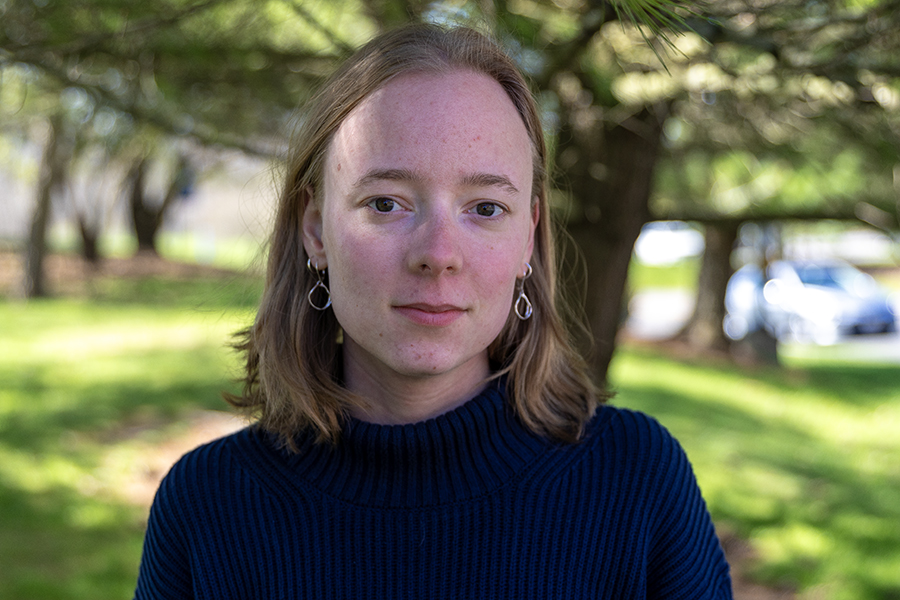Editor’s Note: This is a guest commentary. The opinions do not necessarily reflect the views of the editorial board.
College is supposed to be a time of change and an opportunity to forge new connections. During these four years, it’s felt like the latter has suffered because of the sheer amount of high-level institutional changes the campus community has undergone. COVID-19 and the Academic Program Prioritization have had lasting effects on the Ithaca College community. The impact these changes have had is undeniable when compared to declining enrollment level and high rates of faculty and administrative turnover. The results from the most recent campus climate survey showed that students, faculty and staff feel a lack of belonging and community.
We tend to think of changes as big, overarching actions that are out of our control because after all, that’s what’s been modeled for us these past four years — change and resulting campus alterations were not something that we could not prevent or design. And when you think of change as something largescale forced upon you, it can be disheartening, frustrating and isolating.
“Be the change you want to see in the world” is a frequent refrain my mom repeated to me when I was younger. Every time she did, I thought, “What does that mean?” And then when I was around eight years old, I created my first homemade newspaper for my neighborhood, a single page of white printer paper covered in thick marker and thought: “Oh, that’s it.”
Through the uncertainty of the past four years, it has been journalism and The Ithacan that has kept me connected to the campus community, even though I began my first year in my childhood bedroom at home in Fall 2020 when the COVID-19 pandemic forced all of us to find new ways to connect.
Over the past four years, I watched and reported as The Ithacan covered countless changes, including the APP process and the faculty cuts that followed, IC Open the Books, a change in presidents, new variants of COVID-19, an increase of antisemitism on campus, IC Rise Up, a new turf field, the impact of the Israel-Hamas war and ongoing lawsuits. I covered Student Government Council and Faculty Council meetings that stretched on long into the night and interviewed too many faculty members who learned their beloved jobs had been eliminated.
In order to become the change I wanted to see, I needed to reframe my thinking around what change looked like. It doesn’t always have to be something big or outside of your personal control or influence. Instead, change can be a positive force brought about by a group effort of individual actions that lead to community action and something stronger than just one person.
The upside of being surrounded by constant change is that it makes you less fearful of changing your own surroundings and situations. We took a leap and made changes of our own this academic year, as The Ithacan moved to a bi-weekly print schedule in order to meet the needs of our audience through an increased digital presence. It took a team to create a change for the better and we knew that this shift would allow us to bring our audience a greater variety of high-quality content and to create more connections across the campus community.
To create change for the better, start small. Think about what kind of attainable change you want to see within the organizations you’re a part of, the friend group in your dorm building, the people you choose to surround yourself with. Consider your stakeholders: everyone who might be impacted or needs a say in the decision making process. Change is rooted in the community and it can’t be done overnight.
It was the connections and community I made through The Ithacan — the inspiring editors, determined staff and sources so willing to share their stories and their time — who kept me motivated. I am constantly reminded of how many people and voices are strong enough to be the change we all want to see in the world.
Syd Pierre (she/her) is a senior journalism major. Contact her at [email protected].















